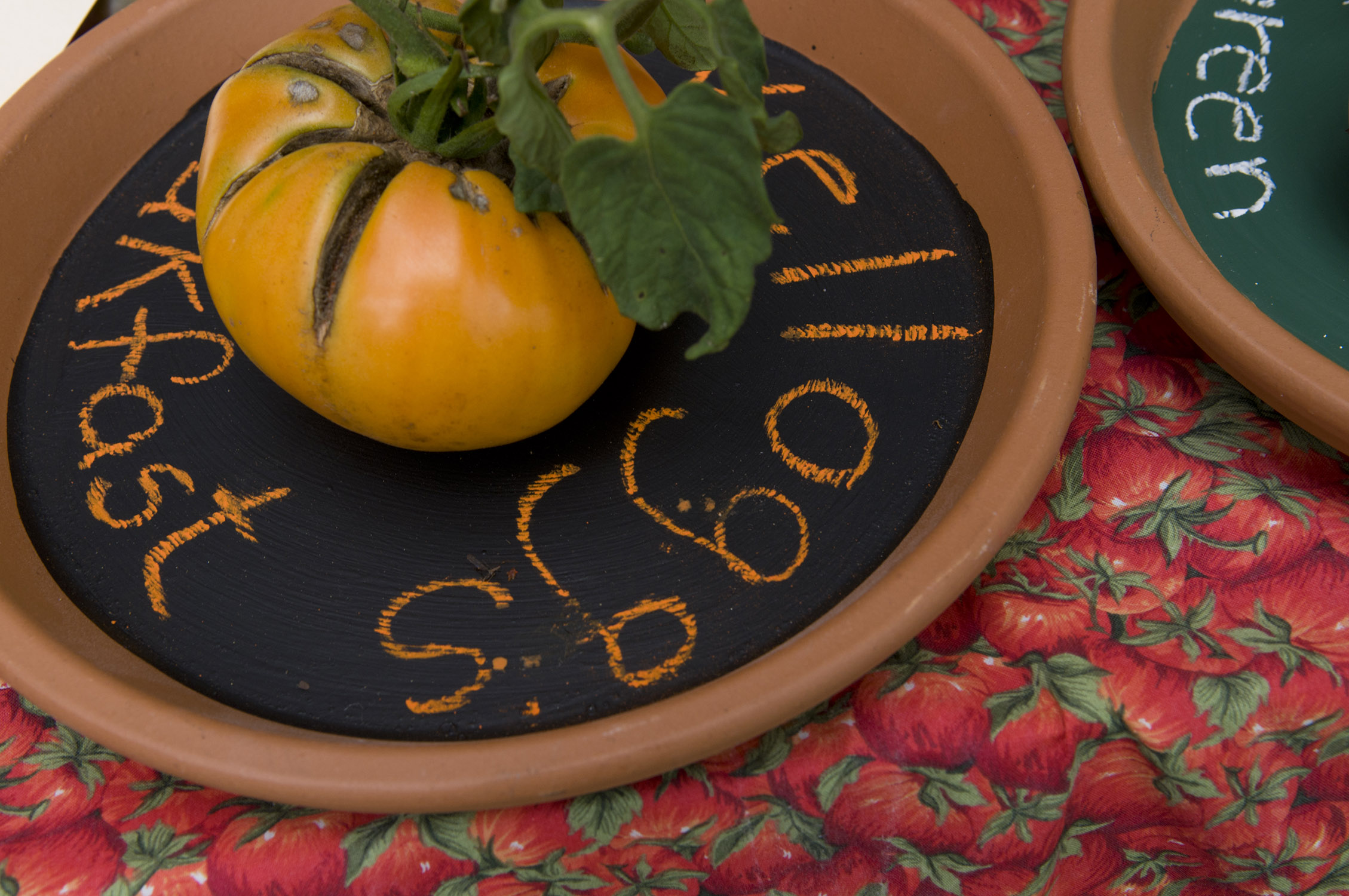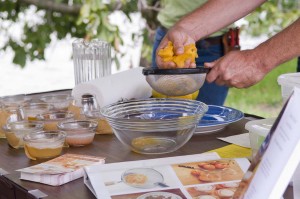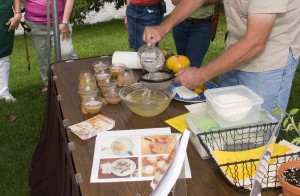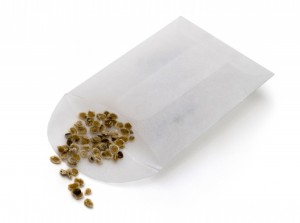As farmers’ markets wind down, many of us want to preserve the bounty of this year for the next. Why not save save seeds from your last tomatoes so you can grow them yourself next year?
1) Make sure to save the seeds from an open-pollinated or heirloom tomato. These seeds will reliably reproduce the “parent plant.”
2) Choose a ripe, disease-free tomato; one past being edible is best.
3) Cut the tomato ‘around the equator’ and squeeze out the seeds and ‘goo’ in to a strainer over the kitchen sink. Run cold water over and use your fingers to try and separate the ‘goo’ from the seed.
4) Knock the strainer on a paper plate lined with a coffee filter, dislodging the seeds from the strainer.
5) Label the filter with the tomato variety and let dry which could take up to three weeks. The top of the refrigerator is a great place for this.
6) When dry, scrape the seed in to an envelope labeled with the variety and the date for storage. If the seeds stick to the coffee filter, simply fold the whole thing up and store in the envelope. The filter itself can be planted; it will disintegrate.
7) Store your heirloom tomato seeds in a cool dry place indoors. I like to put them in my top desk drawer.
8) Seeds have varied life expectancies. Tomato seed is viable for 4-10 years.
Mark your calendars for the Second Annual Seed Swap on February 23, 2013. For more information on seed saving visit our web site.




